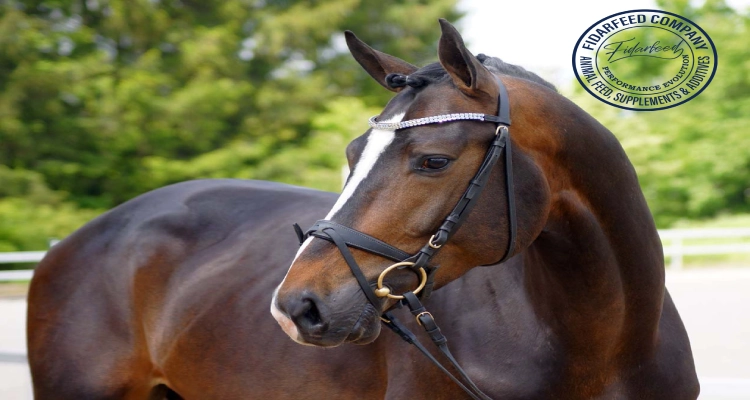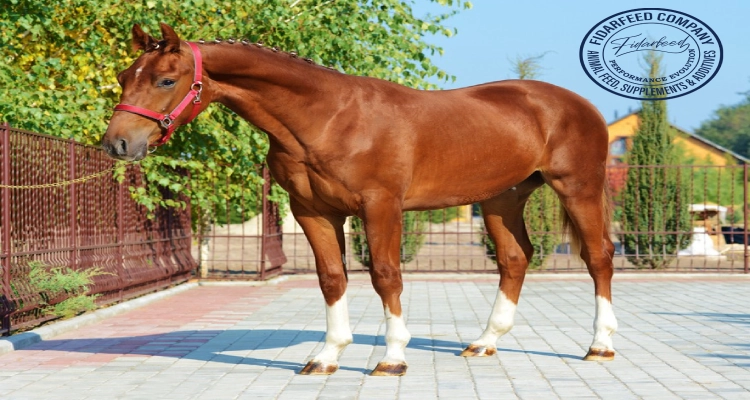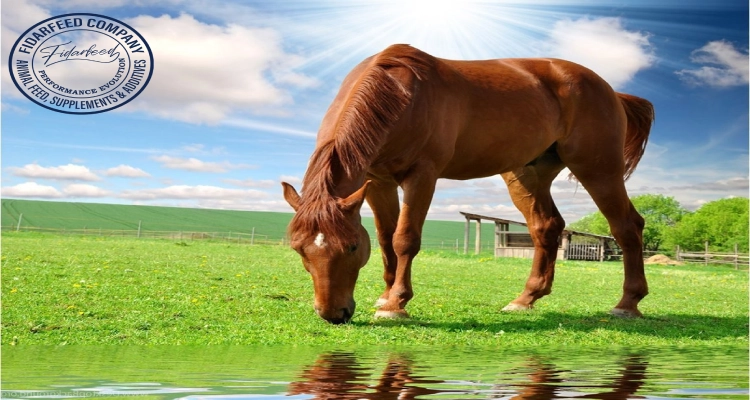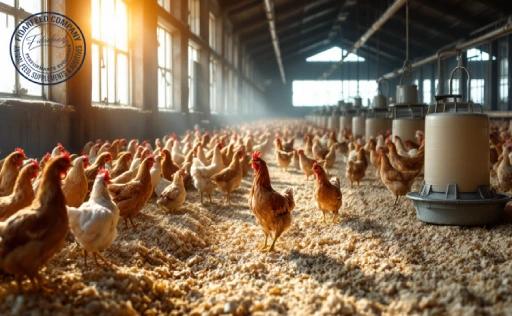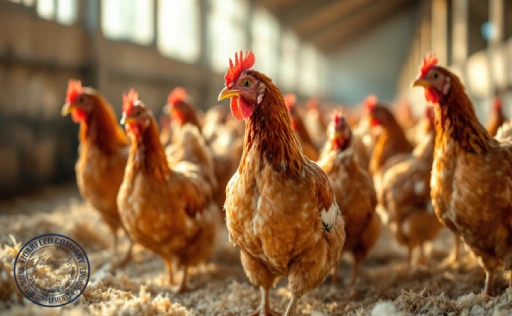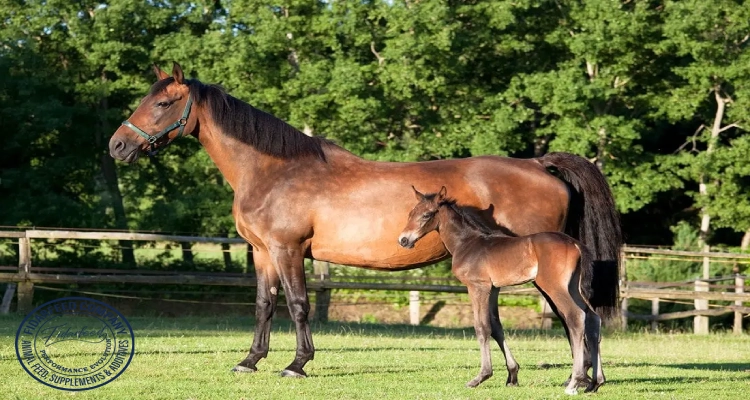
Holsteiner Horses, Strength and Stamina for Heavy Work—these majestic animals have earned their reputation through centuries of selective breeding and hard work. Whether you’re a seasoned horse breeder or someone new to the equine world, understanding what makes Holsteiner horses exceptional can transform how you view heavy workhorses. This article explores the deep-rooted history, physical capabilities, behavior, and practical uses of Holsteiner horses—all while offering real-world advice to help you care for and raise them. So, whether you’re looking to improve your breeding program or simply admire hardworking horses, read on to discover why Holsteiners remain a gold standard in the industry.
Introduction: Built to Handle the Toughest Tasks
Holsteiner Horses, Strength and Stamina for Heavy Work isn’t just a catchy phrase—it’s the truth behind one of the most reliable horse breeds used in agriculture, forestry, and other demanding jobs. Known for their brawn, endurance, and reliable nature, Holsteiner horses have become a favorite among breeders who need a dependable partner for real work.
Learn more about: Probiotic Supplement for Horses and foals
Whether you’re a seasoned handler or just starting out in the world of horse breeding, this article will show you why Holsteiners remain a top pick. Read on to discover how they’re bred, built, and trained to go the distance.
A Legacy of Strength: The Origins of the Holsteiner
Holsteiner horses trace their lineage back to northern Germany, particularly the Schleswig-Holstein region. Originally bred by monks during the Middle Ages, these horses served as war mounts and carriage pullers. Over centuries, careful breeding honed their muscle power and work ethic.
Learn more about: Best Feed for Young Horses: Nutrition Tips for Healthy Growth and Development
By the 19th century, Holsteiners had earned a reputation for excelling in agriculture and heavy hauling. Their mix of power and composure made them invaluable to farmers long before the days of tractors. Today’s Holsteiners carry that legacy forward—embodying centuries of selective breeding focused on strength, stamina, and intelligence.
What Physical Power Really Looks Like
At first glance, a Holsteiner impresses with sheer presence. These horses boast a broad chest, thick neck, and well-defined muscles—especially across the shoulders and hindquarters. Their legs are strong and correctly aligned, giving them the power to move weight with surprising ease.
Learn more about: Essential Tips to Prevent skin diseases in horses
Standing around 16 to 17 hands high, Holsteiners offer a powerful but balanced physique. Their deep barrel-shaped bodies support excellent lung capacity, which helps them keep going when the job gets tough. In short, they’re physically designed to handle hard work without breaking down.
Endurance That Doesn’t Quit
Holsteiner horses don’t just look powerful—they perform with remarkable stamina day in and day out. Their efficient cardiovascular systems support long hours of steady work, whether it’s pulling a plow or navigating rough terrain with heavy loads.
Many farmers and forestry workers choose Holsteiners because they handle repetitive, strenuous tasks without tiring easily. Instead of slowing down after a few hours, these horses often maintain a consistent pace from sunrise to sunset. In regions with limited access to modern equipment, Holsteiners provide reliable labor that keeps operations moving.
Learn more about: The Hidden Stress in Horses: How Human Actions Affect Welfare
Nutrition plays a critical role in supporting their energy levels. When breeders supply a balanced diet and proper hydration, Holsteiner horses can thrive—even under pressure. Their physical resilience, combined with attentive care, makes them one of the most dependable breeds for heavy-duty roles.
More Than Muscle: Temperament and Trainability of Holsteiner Horses
Strength without sense is wasted energy. Fortunately, Holsteiner horses are as intelligent as they are powerful. Known for their calm and cooperative nature, they’re eager learners and easy to train—especially when handled with patience and consistency.
Their steady temperament makes them ideal for inexperienced handlers and young breeders. They respond well to routine and are less prone to spooking or aggressive behavior. This mental stability, combined with a sharp memory and responsiveness, makes Holsteiners not just workers, but trusted teammates.
Learn more about: Choosing the Right Horse Breed for Breeding: A Comprehensive Guide
Whether you’re teaching them to pull, turn, or respond to voice commands, Holsteiners generally pick up tasks faster than average. This intelligence adds long-term value for breeders and trainers alike.
In the Field: Real-World Applications of Holsteiner Horse Power
Holsteiner horses continue to prove their worth across various industries and regions. In traditional farming communities, breeders rely on them to till soil, haul carts, and transport produce to local markets. Their strength also makes them invaluable in forestry, where they pull felled trees through dense woodland—terrain that often challenges modern machinery.
Learn more about: Nile Fever in Horses: Symptoms and Control Methods
Meanwhile, in Austria and parts of Eastern Europe, Holsteiners are a top choice for ceremonial carriage teams and heavy-duty tourism. With their eye-catching presence and calm, steady pace, they add charm to weddings, lead parades, and guide tourists through historic towns.
Keeping Them Strong: Feeding and Care Tips for Holsteiner Horses
To maintain their strength and stamina, Holsteiners require a thoughtful feeding program. High-quality forage should be the foundation of their diet—alfalfa hay or mixed grasses work well. Because of their active workloads, supplementing with grains like oats, barley, or commercial performance feeds can provide the energy they need.
Learn more about: Comprehensive Guide to Feeding Horses: From Young to Adult
Protein is essential for muscle maintenance, so consider adding soybean meal or a formulated feed with at least 10-12% protein content. Don’t forget minerals—salt licks and mineral blocks can help balance their intake.
Regular grooming and hoof care are also key. Holsteiners have dense coats and strong hooves, but they still need cleaning, trimming, and occasional farrier visits to stay in top form.
Raising the Next Generation: Breeding Holsteiner Horses for Performance
Holsteiner breeding should focus on passing down not just size and muscle, but also sound temperament and health. Select mares and stallions with proven work records, strong bone structure, and good disposition.
Foals should be raised with early socialization, plenty of turnout space, and a gradual introduction to handling. By six months, they should be accustomed to human interaction and basic commands, laying the groundwork for future training.
Bloodline tracking and veterinary checkups can help ensure genetic soundness, reducing the risk of inherited conditions and supporting long-term breed improvement.
Final Thoughts: Why Holsteiner Horses Remain the Gold Standard for Heavy Work
Holsteiner horses are the perfect blend of power, endurance, and intelligence. From their rich European heritage to their ongoing role in modern agriculture and beyond, they offer value that few other breeds can match. Whether you’re plowing a field, hauling timber, or planning the next generation of working horses, Holsteiner deliver on every front.
Their strength and stamina for heavy work aren’t just legends—they’re lived out every day in stables, fields, and forests around the world.
If you’ve worked with Holsteiner or are considering adding them to your breeding or feeding program, we’d love to hear from you. Share your thoughts, ask questions, or tell us your story in the comments below. Your insights help grow this community of passionate horse enthusiasts and industry professionals.

